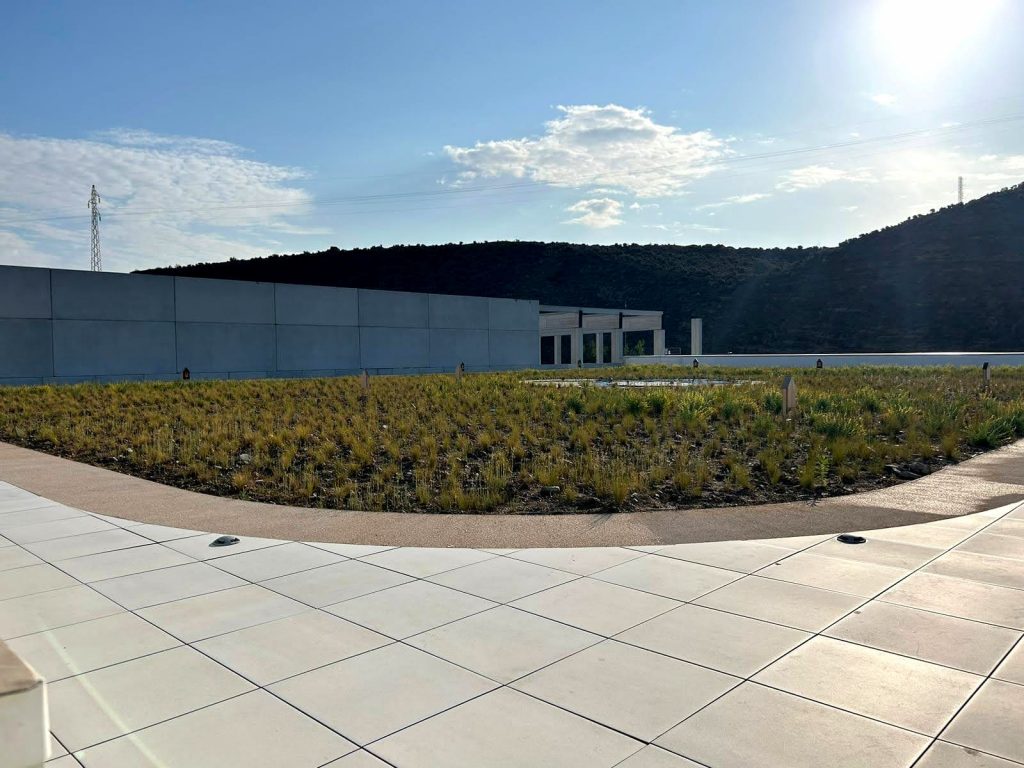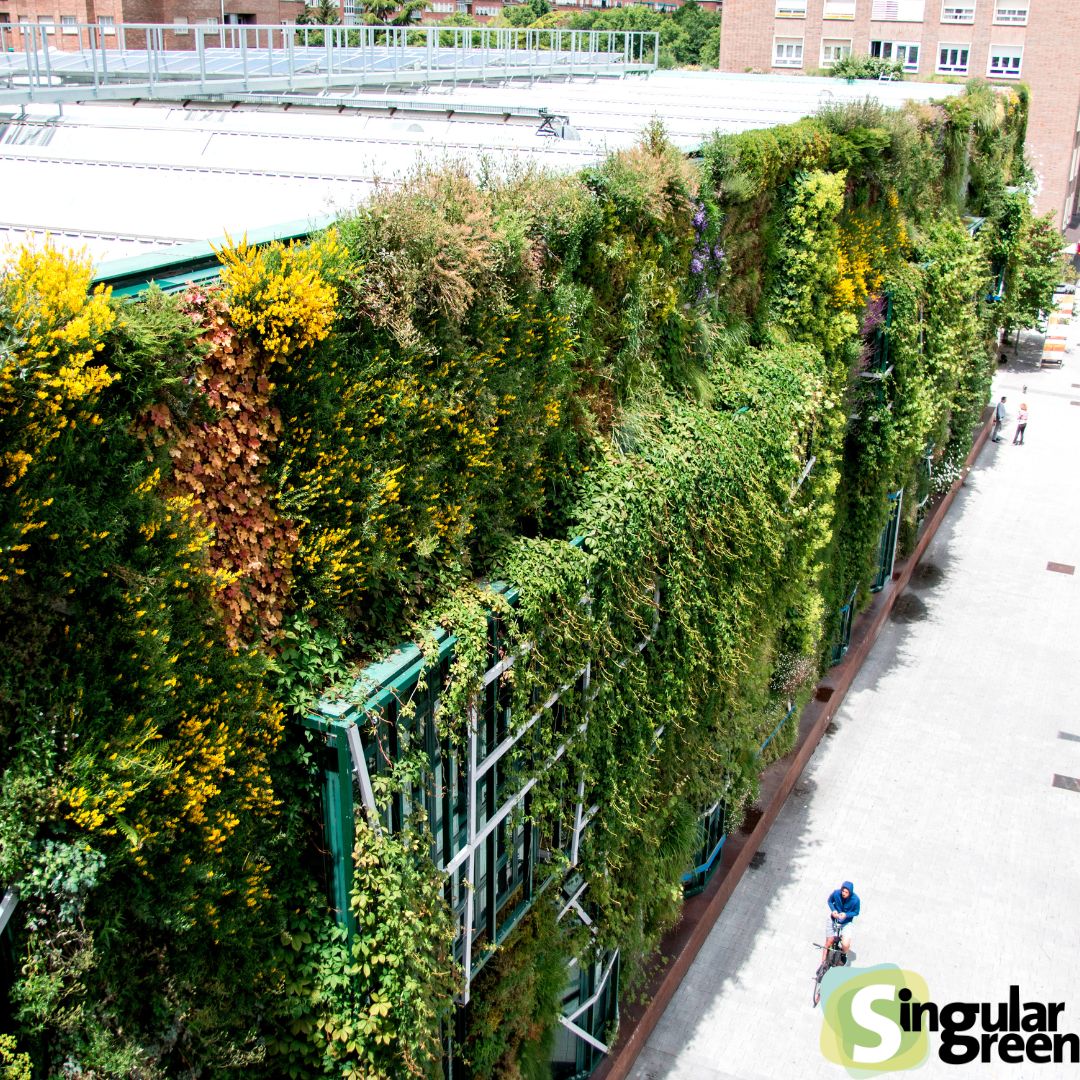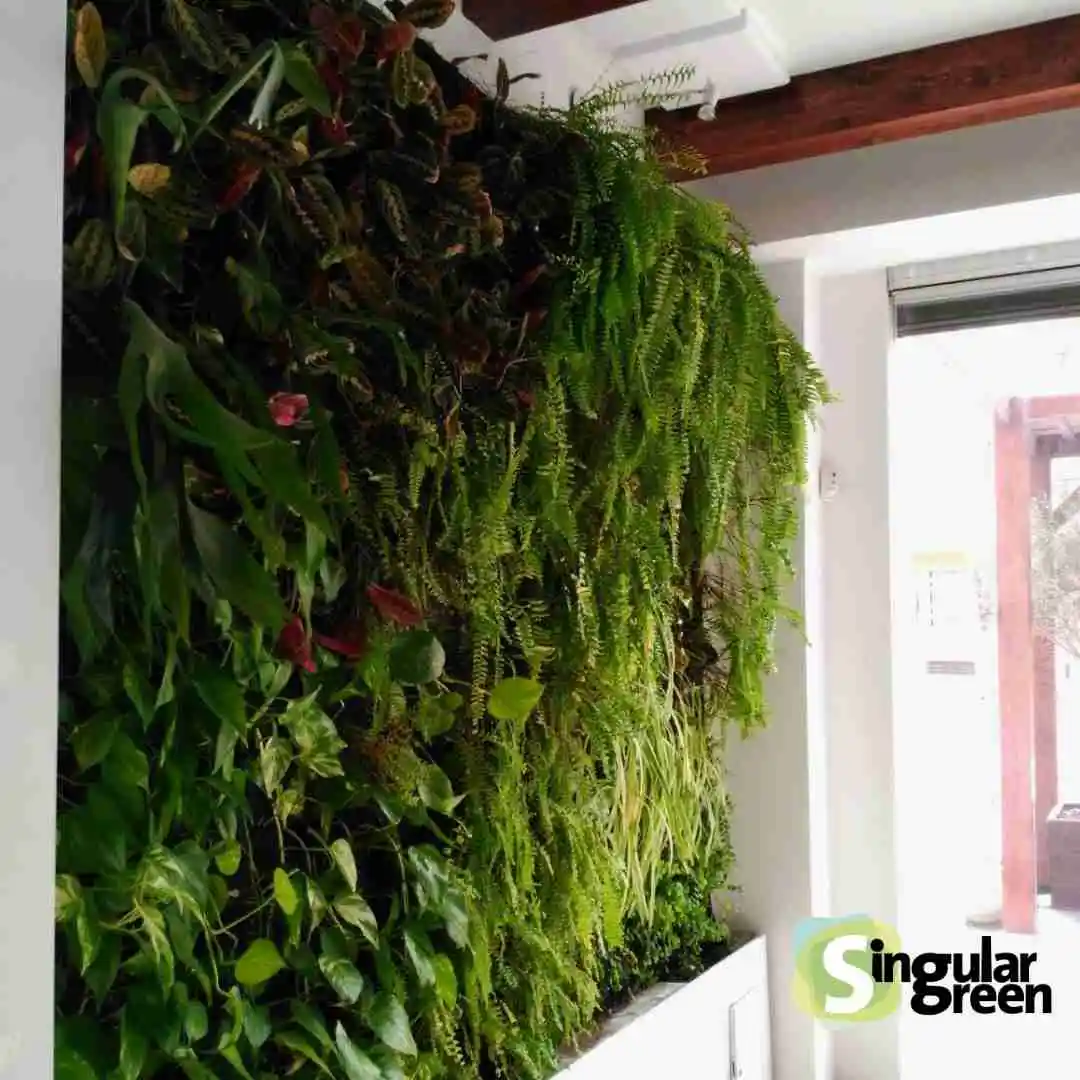What is the Cikla System for the reuse of soil from construction sites?
The Cikla System represents a revolutionary approach to the management and reuse of soil extracted during construction works.
Unlike conventional techniques, this system uses soil from the site itself to create green roofs, efficiently integrating sustainable practices and significantly reducing environmental impact.
But is it strange or complex?
Although it sounds novel, it is a highly practical and economical solution for those seeking to minimise waste and maximise sustainability.

Introduction to the use of native soils in green roofs
The aim of the Cikla System is to reproduce the native vegetation of the immediate environment on the green roofs of buildings, using soil from the construction site itself.
This method not only reduces the need to transport and treat external soil, but also ensures a seamless integration with the natural environment, aligning with sustainable land management practices.
Reusing local soil avoids the need to backfill with external soils and reduces the costs associated with transport and treatment, as well as complying with environmental regulations.
Benefits of using the land’s own soil
There are many advantages to using soil from one’s own land for green roofs.
Among the benefits are reduced carbon footprint and minimised environmental impact, aligning with building material recycling practices.
In addition, by using local resources, the Cikla System is not only more economical, but also complies with legal requirements for site land management, which is essential for any construction project.
How the Cikla System for green roofs works
The Cikla System is based on a meticulous approach to adapting native soil from the ground as a viable substrate for green roofs. This process aligns with the land reuse techniques discussed in the articles reviewed.
Installation of the perforated nodular sheet
Installation begins with a perforated nodular sheet that extends across the entire surface of the roof.
This sheet retains the water needed by the plants while allowing efficient drainage of excess water.
This technique is similar to those described in Geogram, where proper water management is critical to maintaining the sustainability of the project.
Soil substrate preparation and treatment
Native soil is not always suitable for direct use as a ground cover substrate. Therefore, a geotechnical soil survey, similar to the practices recommended in other site soil optimisation articles, is carried out to select the best soil and treat it appropriately.
An additional retention layer consisting of 25 mm thick SGL25 inert substrate provides extra water holding capacity and prevents waterlogging, ensuring that the substrate is suitable for plant growth.
Adjusting the pH of the substrate for optimal plant growth
To optimise plant growth, the pH of the substrate must be adjusted. This is achieved by an orderly dosing of irrigation that slightly adjusts the pH to suit the specific needs of the selected plant species. This approach reflects the need for technical and sustainable adaptations mentioned in the reviewed articles.
Components of the Cikla roof irrigation system
The irrigation system of the Cikla System is fundamental to its success and integrates perfectly with the water efficiency principles described in the referenced articles.
Integrated pipes and drippers
Irrigation is provided by pipes with integrated drippers buried in the substrate. This design prevents clogging by roots and ensures an even distribution of water, guaranteeing that each plant receives the exact amount of water needed.
This also optimises water consumption, in line with efficiency and cost reduction techniques.
The irrigation system of the Cikla system is the same as that of other green roofs, which is schematically and broadly composed of:
- Filter: protects the installation from any foreign element.
- Flow meter: this is the part that tells us whether the roof is watering more or less than it should be watering, i.e. it gives us all the information we need to know whether the roof is working correctly.
- Solenoid valves: the solenoid valve that conducts the water and the solenoid valve that doses the fertilisers.
- Sectors: where the water and fertiliser are distributed.
Irrigation control by remote control
The irrigation system is managed by a remote control that allows the supply of water and nutrients to be adjusted according to the needs of the project.
This automation minimises waste and ensures that the plants receive the necessary nutrients at the right time.
Use of specific fertilisers for green roofs
Specially formulated fertilisers are used to supplement any deficiencies in the substrate and adjust the pH. This ensures that plants can thrive in optimal conditions, a key aspect mentioned in the land management and material recycling strategies in the articles reviewed.
Advantages of the Cikla System in the management for reuse of construction site soil
The Cikla System offers a number of advantages beyond the reuse of site soils, which make it ideal for sustainable construction projects.
Sustainability and resource efficiency
One of the main advantages of the Cikla System is its ability to reduce the carbon footprint of the project by utilising existing land on the construction site. This approach reduces the need to transport soil and other materials, aligning with the sustainable land management and recycling practices described in the articles reviewed.
Adapting to local soil and vegetation conditions
By using indigenous soil and vegetation, the Cikla System is perfectly adapted to the natural environment, which not only enhances the aesthetics of the project, but also promotes biodiversity and ecological stability, aspects highlighted in the reviewed articles.
Customised process and terrain analysis for the installation of roofs
Each installation is customised based on a thorough analysis of the local terrain and vegetation, ensuring that the canopy is suitable for the specific site conditions. This approach is reflected in the technical and regulatory considerations that are essential for any construction project.
Implementation of the Cikla System in construction projects
The implementation of the Cikla System requires a rigorous approach adapted to the needs of the project, following the principles of efficient and sustainable management beyond reusing land from the construction site.
Preliminary analysis of the land and its suitability for green roofs
Prior to installation, a thorough analysis of the soil is carried out to assess its suitability as a ground cover substrate. This analysis includes the evaluation of soil characteristics and recommendations on possible adjustments, in line with the principles of sustainable management and regulatory compliance.
Legal and regulatory considerations in land reuse
Compliance with local regulations is fundamental to the viability of the project. The Cikla System is designed to comply with all relevant regulations, ensuring that each project is not only sustainable but also legally compliant.
Success stories and practical examples of using the Cikla System
The Cikla System has been successfully implemented in several projects, demonstrating its effectiveness in integrating sustainable practices such as land reuse and material recycling. These examples highlight how innovative use of local land and indigenous vegetation can transform the way green roofs are designed and built.
The main objective of the Cikla system is to reproduce the same photograph in the green roof as in the surrounding land, i.e. to implement the plot’s own soil as a substrate, together with the area’s indigenous vegetation, in the green roof.
But… What happens? That when you use land from the area, the land does not meet the requirements to ‘serve as a green roof’. And that is the challenge that we managed to solve with the Cikla cover. With this system we manage to use the land using various resources so that it can be used as a green cover, that is to say, as a substrate for green cover.







